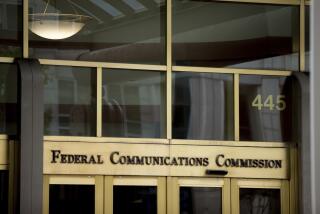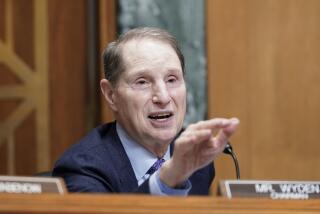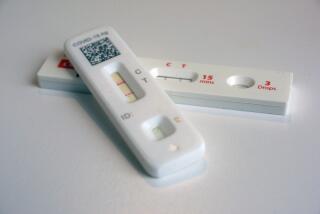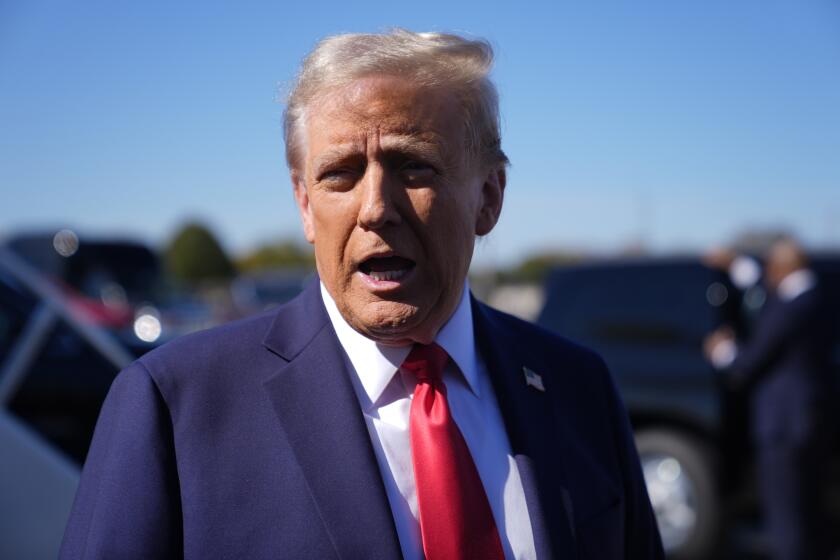Amid coronavirus outbreak, federal officials announce healthcare tech rules
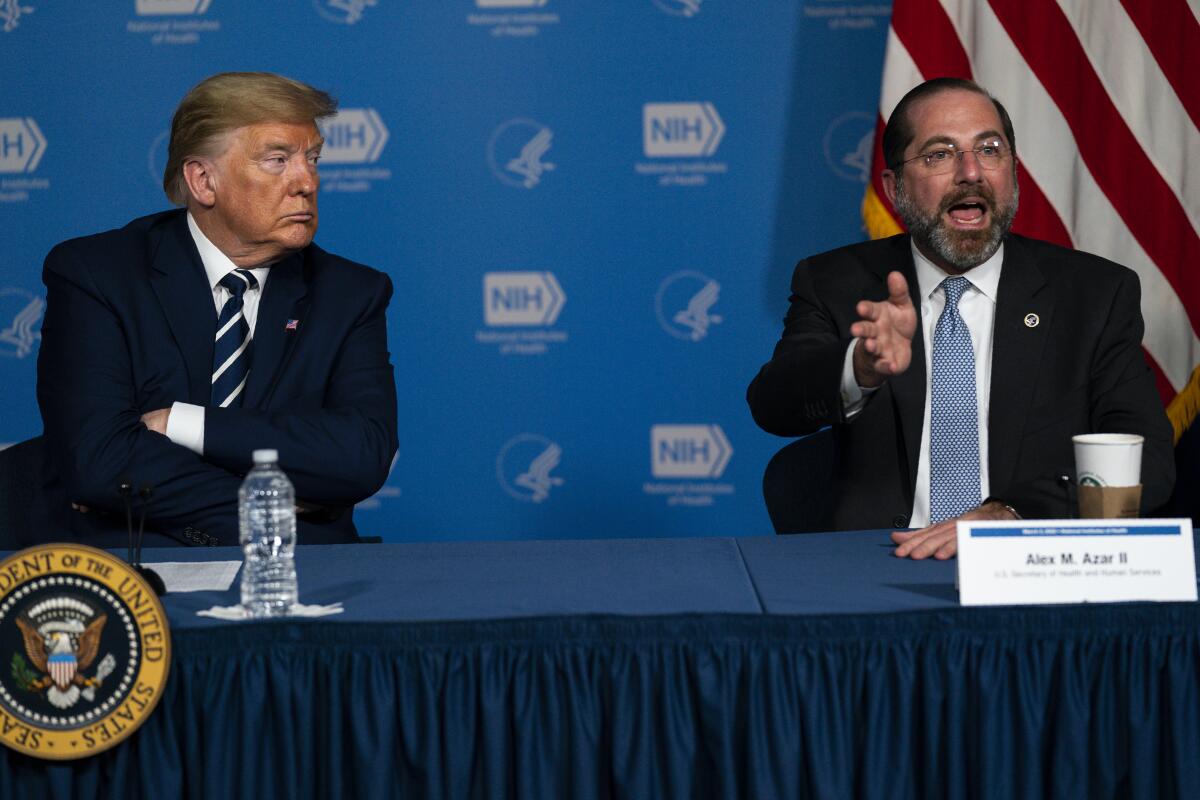
WASHINGTON â With the coronavirus topping Americansâ concerns, senior Trump administration officials tried to switch subjects Monday by announcing final rules aimed at delivering on the unfulfilled promise of electronic health records.
It did not go smoothly as reporters veered back to the global outbreak increasingly affecting U.S. communities.
âThe notion that we canât do our day jobs and work on this very serious issue [coronavirus] is absurd,â said a frustrated Health and Human Services Secretary Alex Azar after one reporter noted that financial markets had opened sharply lower over fears of global economic damage resulting from the outbreak.
Azar recapped administration actions to try to contain the spread of the virus here, develop tests and vaccines, work with state and local governments in areas that are seeing outbreaks, and care for those who have gotten sick.
As to the new healthcare technology rules, it could take several years for consumers and patients to start seeing the practical effects. The long-awaited rules are intended to get at one of the major problems with electronic health records: The systems of hospitals and doctors often donât âtalkâ to each other, and patients struggle to get their medical information digitally transmitted, defaulting to CDs and faxed paper records.
The federal government invested more than $30 billion a decade ago to help hospitals and doctors convert to computerized records. But it never solved the problems of getting the different medical systems to seamlessly interact, and of providing a pathway for patients to easily access their records. Two rules finalized by the Trump administration aim to finally fix that.
The regulations are highly complex, and hospitals immediately objected, saying that patient privacy would be undermined.
One rule from the HHS agency that oversees healthcare technology would implement congressional requirements that hospitals and other healthcare entities put a stop to practices that can block the digital transfer of information. Some systems donât allow screen shots or video to be shared, for example.
Another rule, from the Centers for Medicare and Medicaid Services, tries to address access problems at the patientâs level, by requiring hospitals and other healthcare service providers to provide access to records via software used by smartphone apps, such as the ones that already handle banking and credit card transactions. Patients could literally have access to their records via the smartphone in their back pocket.
The CMS rule will also require hospitals to electronically notify a patientâs outside doctors when that patient is admitted, discharged or transferred.
The hope is that easier access and authorized sharing of individualsâ healthcare information will help prevent medical errors, cut down on duplicative tests, and make the individual patient a smarter consumer of healthcare services.
But Rick Pollack, president of the American Hospital Assn., said a new generation of healthcare apps could put the personal information of patients at risk, since the app developers would not be required to meet the same legal standards for privacy that are imposed on hospitals. âThis could lead to third party apps using personal health information in ways in which patients are unaware,â Pollack said in a statement.
CMS said it has adopted a healthcare privacy standard that is used in the smartphone app industry, and intends to build on it to provide consumers with a higher level of protection.
In addition to Azar, among the top administration officials joining to make the announcement were White House health policy chief Joe Grogan, CMS Administrator Seema Verma, and Donald Rucker, the governmentâs national coordinator for health information technology.
More to Read
Get the L.A. Times Politics newsletter
Deeply reported insights into legislation, politics and policy from Sacramento, Washington and beyond. In your inbox three times per week.
You may occasionally receive promotional content from the Los Angeles Times.
